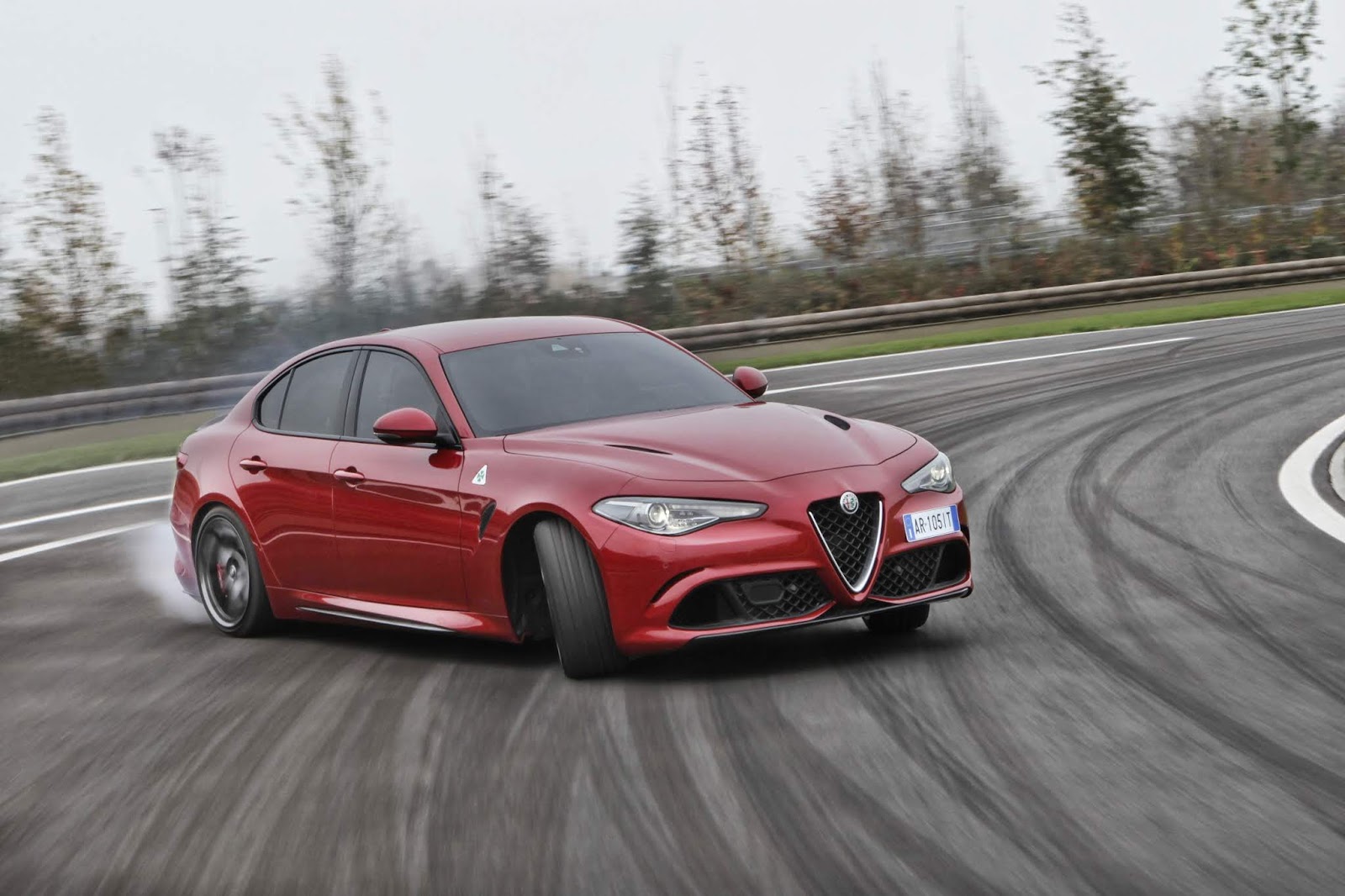You know the four-leaf green shamrock within the triangle that adorns the top sports versions of Alfa Romeo models, as well as its racing cars. What you may not know, however, is the story behind the Quadrifoglio Verde, its importance to the Italian brand, its connection to the brand's racing history, Enzo Ferrari, and even if it was "enlisted" as a badge to bring Alfa Romeo luck. From the history of the green four-leaf clover, one can understand why this logo is a true legend for Alfa Romeo. The birth date of this legend this year coincided with the Formula 1 race at Monza.

Alfa Romeo's history is inextricably linked to the world of racing. Since the company's foundation in 1910, racing has been an integral part of its operations, making a significant contribution to technological innovation and the development of production cars. The numerous successes that have come from the first entries and continue to this day have created a huge tradition, significantly enhancing the company's image.

The cars with which Alfa Romeo participates in the races stand out, among other things, thanks to the Quadrifoglio Verde, the four-leaf clover that is the trademark of Alfa Romeo racing cars, but also of the top versions of the production models. This logo was first used in 1923 on one of the four Alfa Romeo RLs that took part in the Targa Florio race in Sicily. The team of drivers consisted of Giulio Masetti, Antonio Ascari, Ugo Sivocci and Enzo Ferrari!

Ugo Sivocci - who had proposed Ferrari as the team's driver - despite his vast experience, due to several mishaps, had created a reputation as the "perennial runner-up". In an attempt to exorcise his bad luck, Sivocci painted on the grille of his racing car a white square surrounding a four-leaf clover. Towards the end of the race, Sivocci's idea didn't seem to be able to break the bad tradition, as the Italian driver was - once again - second by a wide margin from the leading Ascari. But then, and just two hundred metres from the finish, Ascari's Alfa Romeo went out. His mechanics raced and got the car running again, but in the excitement and joy of the moment they finished celebrating by climbing on top of Ascari's RL. This move was enough to disqualify Ascari, who had to return to the spot where the car had been taken out and finish again, this time alone. But this procedure allowed Sivocci to finish first, winning the most important race of the era, spelling his misfortune and at the same time creating the legend of the Quadrifoglio Verde.

The story took on metaphysical dimensions when the significance of Alfa Romeo's new talisman was sealed by tragedy. A few months after his huge success at the Targa Florio, Sivocci on 8 September 1923 died during a race on the Monza circuit behind the wheel of an Alfa Romeo P1. Due to some problems the mechanics had not had time to paint his lucky shamrock on the racing...
From the following year to the present day, all Alfa Romeo racing cars proudly carry Ugo Sivocci's amulet, the Quadrifoglio Verde. To honour the memory of the late driver, the shamrock was placed on a white triangle over the square that originally had the logo.
In 1963 the Quadrifoglio Verde made its first appearance in a production car, the Giulia Ti Super. Today, the Giulia Quadrifoglio and Stelvio Quadrifoglio are the most powerful Alfa Romeo production cars in the company's history. Equipped with a 2.9-litre twin-turbo V6 petrol engine with 510 bhp, they are the ultimate benchmark in their class in terms of performance and driving pleasure. Together with the Alfa Romeo Racing car, the C38, they are the worthy continuators of a tradition that has been around for more than 95 years.






